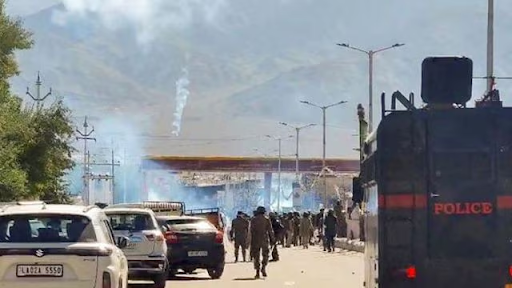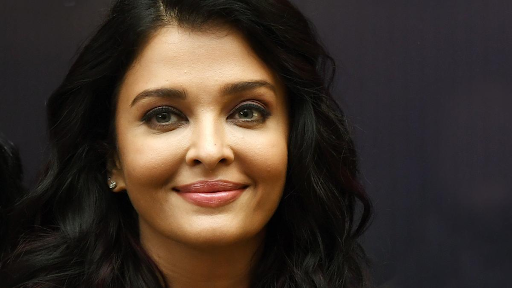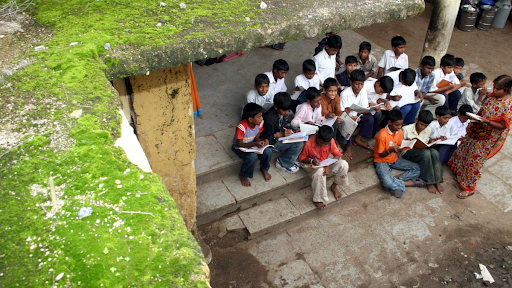



The Veeraswami judgment mandates CJI’s sanction to file an FIR against sitting judges, aiming to protect judicial independence. Criticized in Justice Varma’s 2025 case, it’s seen as delaying accountability. Judicial oversight relies on impeachment and in-house inquiries, both criticized for opacity, inefficiency, and lack of enforceable outcomes.

Copyright infringement not intended
Picture Courtesy: INDIAN EXPRESS
Veeraswami judgment outlines when an FIR can be filed against a sitting judge.
Background
Justice K. Veeraswami, a former Chief Justice of the Madras High Court (1969–76), faced corruption allegations for having assets disproportionate to his income. An FIR was filed against him by the CBI in 1979, but he challenged its validity.
Key Legal Questions
Supreme Court’s 1991 Ruling
Judges are public servants under anti-corruption laws. However, prior sanction from the Chief Justice of India (CJI) is mandatory to register an FIR against a sitting judge. This shields judges from politically motivated cases and protects judicial independence.
Unlike other public servants, judges aren’t appointed by the President in a typical employer-employee sense, so the CJI, not the executive, decides on prosecution sanction. The CJI acts as the "competent authority" for sanction, not the President or executive, to prevent executive interference.
Incident
Vice President Dhankhar’s Criticism
Impeachment (Constitutional Process)
In-House Inquiry
Must Read Articles:
Judiciary v/s Executive Clash
How SC Deals With Errant Judges
Source:
|
PRACTICE QUESTION Q. "Accountability and independence are two sides of the same coin." Critically analyze in the context of Judiciary. 150 words |






© 2026 iasgyan. All right reserved